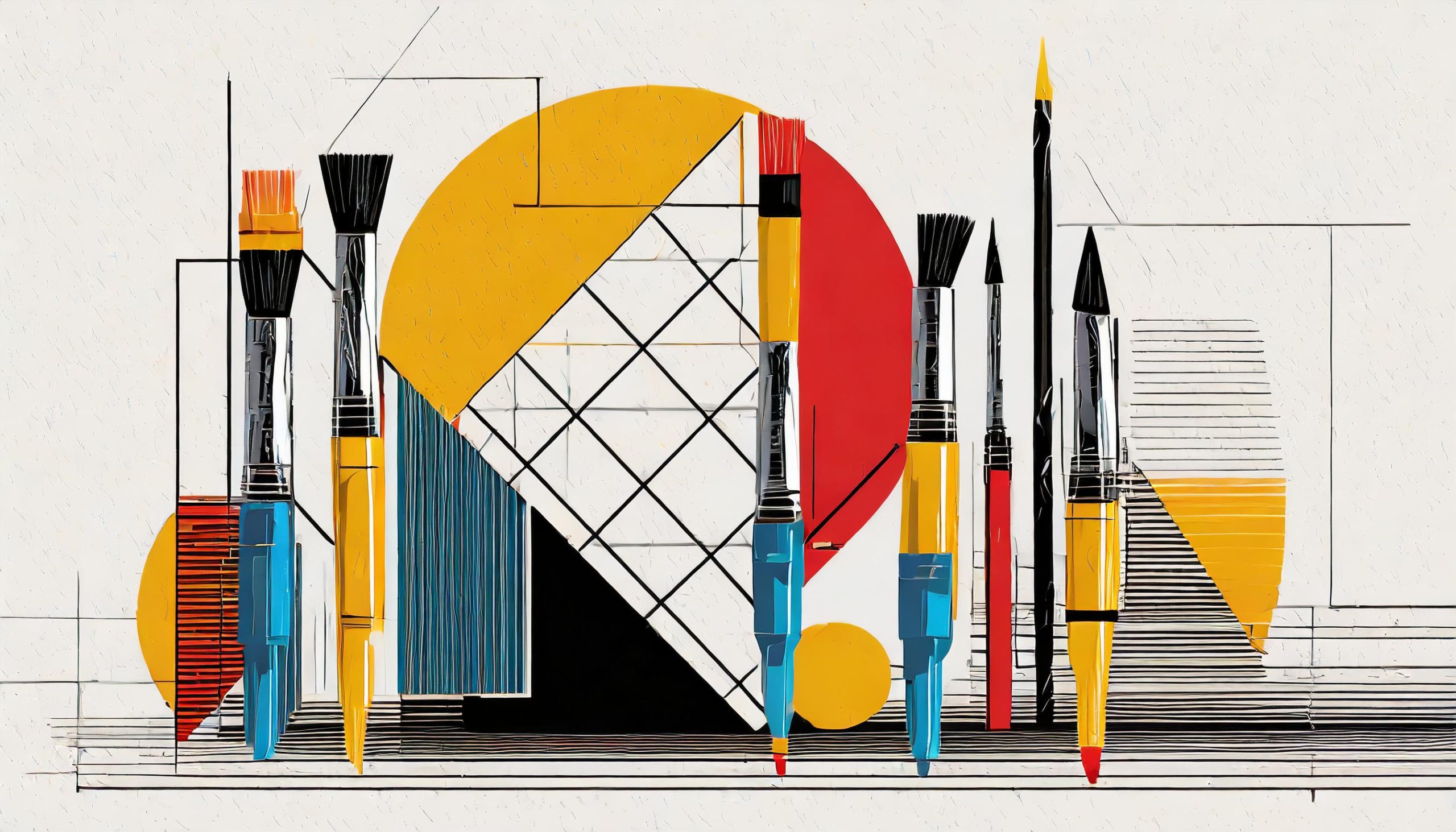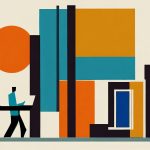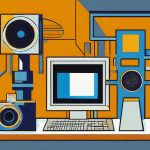The relationship between art and design is often discussed in terms of their differences and purposes. Art is fundamentally a bottom-up process, originating from an individual’s need to express, explore, and question. It is subjective, open-ended, and primarily serves as an expression of the artist’s thoughts, feelings, and perspectives. Art does not start with a predefined goal; instead, it evolves organically, allowing the artist to navigate through their creative journey without a specific endpoint in mind.
Design, on the other hand, is a top-down process. It starts with a clear objective or problem that needs solving. Design is purpose-driven; it aims to create solutions that are not only aesthetically pleasing but also functional and effective in serving a specific goal. This could range from making products more user-friendly to improving the visual communication of information. The process is more structured than art, with designers often working within constraints and towards a specific outcome that meets the needs of the user or client.
Illustration is a discipline that leans more towards design than art due to its goal-oriented nature. Illustrators typically work with a brief, whether it’s to convey a message, tell a story, or complement textual content. Their work is not just about creating visually appealing images; it’s about effectively communicating an idea to a target audience. For example, illustrations in children’s books are designed to engage young readers, aid comprehension, and enhance the storytelling experience. Here, the illustrator’s creative process is guided by the objectives of the project, making it align more closely with design principles.
A clear example of where art and design intersect with a purpose-driven approach can be seen in the works of Shepard Fairey. His “OBEY” campaign and the Barack Obama “Hope” poster are not only artistically compelling but were created with the intention to provoke thought and inspire action. These works demonstrate how design can be used as a tool for communication and social engagement, serving a purpose beyond just aesthetic appeal.
In conclusion, the distinction between art and design lies in their intent and process. Art is about personal expression and exploration without a predetermined goal, making it a bottom-up process. Design, conversely, is a top-down process focused on achieving a specific outcome, whether it’s solving a problem or communicating a message. Illustration, as a practice, often falls into the design category due to its purpose-driven nature. Understanding these differences helps clarify the unique roles art and design play in our lives, highlighting the importance of both in enriching our experiences and interactions with the world around us.


